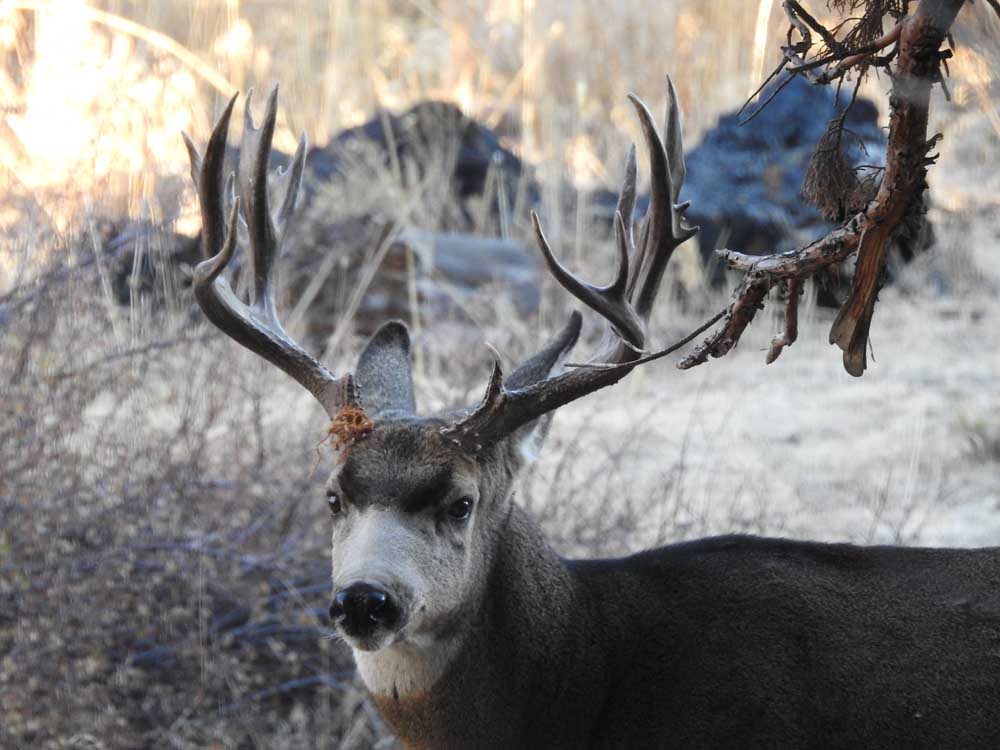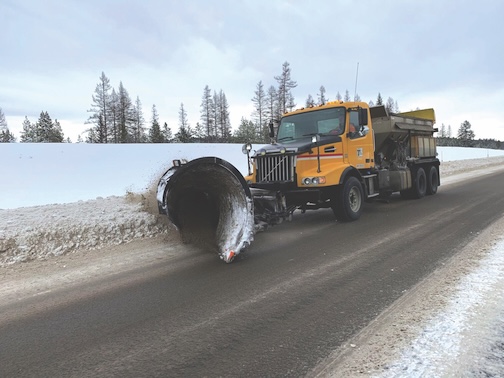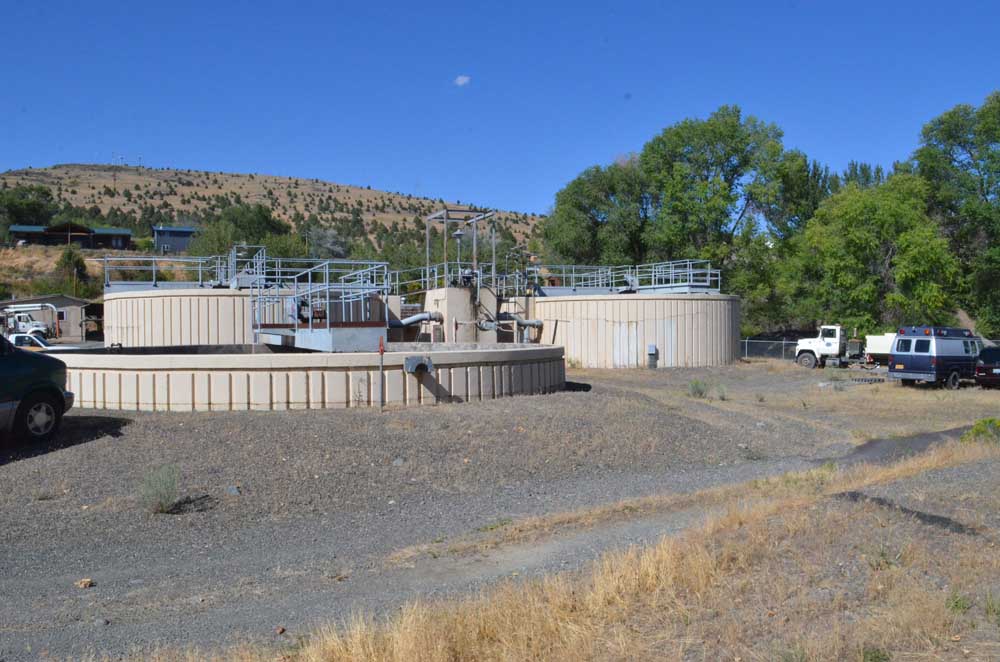The mule deer hunter in the year 2020
Published 9:50 pm Sunday, February 2, 2020

- Photographed in a neighborhood in Bend, this mule deer had been injured, probably by fighting with another buck.
If you are a hunter of mule deer, you see the females in May and you can tell which ones are ready to give birth. You look for the spotted fawns on their wobbly legs and say a silent prayer they will survive those first dangerous weeks of life.
Trending
In the summer you watch for bucks and try to see if that 2×3 from last November shows up again, or if that one-horned spike grows two antlers this year.
And in October, you use all your detective skills to figure out where the big bucks live. You know they are there because you watched them through the winter. Out on the winter range, you hunt coyotes to help keep predator numbers in check.
You love mule deer more than any other animal — it is the symbol of the wild and free.
Trending
And early in the year, you buy a hunting license because that is one of the most important aspects of the North American model of scientific conservation, whether you intend to hunt or not.
In fall 1992, a friend and I drove east past Prineville, Post and Paulina. In every pasture past Post, mule deer prospered. Some herds numbered a hundred — does, fawns and small bucks with larger bucks back up in the rocks.
My friend Mike Crawford recalls the 1980s with thousands of deer wintering in the Bear Creek Buttes area south of Prineville Reservoir. It is very hard to find deer there now.
In winter 1992-93 the snow crusted over and deer starved by the thousands. Biologists thought deer herds would bounce back like they always did, but in 1994 the people of Oregon outlawed hunting with hounds, the most effective method of cougar control, and while mule deer were at their weakest point, the mountain lion numbers began to explode.
If an adult cougar will kill 50 deer or elk a year — and there are thousands more cougars now than there were in the early 1990s — it is harder than ever for deer numbers to bounce back. And we are losing the institutional memory of how many deer we could have.
The issues facing mule deer in the West are complex, and nowhere is it more evident than in Central Oregon. A couple of months ago I sat with my friend Corey Heath, the Deschutes district wildlife biologist, and he couched his opinions in his wishes: fewer cougars, fewer people, less traffic, no poaching, less non-hunting recreation stress that makes deer more susceptible to poaching, predators and disease. I could add to that fewer junipers that choke out native grasses and more stands of bitterbrush.
Consider that there are more vehicles on U.S. Highway 97 than ever, that U.S. Highway 20 is much busier, and that both highways have become walls of death for the deer who have to migrate between winter and summer range twice a year.
A decade ago, Oregon instituted the Mule Deer Initiative, which targeted five mule deer game management units east of the Cascades to address habitat, predation, changing weather patterns, disturbance from ATVs and poaching. The five units — Heppner, Murderers Creek, Maury, Steens Mountain and Warner — benefited from habitat enhancement, predator control and additional enforcement. The initiative seemed to offer hope, but one wonders if Salem has lost the political will to keep the effort alive.
What is the solution? I think we have to accept that it is going to take hard work. We should not accept the simpleton’s response that hunters must quit hunting for a few years. We have to stop poaching first, which, we have learned, is equal to the legal deer harvest in some units. And we have to reduce predator numbers, encourage hunters to fill the quota of cougar harvests and reduce coyote numbers on winter range, especially during the fawning season.
It takes work to cut hundreds of trees where junipers have encroached on grasslands and shrub stands. It takes work to provide barrier-free migrations, building passageways under or over highways for deer and other animals to cross without being hit by a truck. And it takes work to prevent threats to winter range, like solar farms, vineyards and other development.
With two bad winters in a row, mule deer numbers are down, but so far this winter has been mild. The important thing is that fawns born this spring have a chance. At the risk of over-simplification, the more babies that are allowed to grow up, the healthier our deer herds will be 10 years from now.
What can a lover of mule deer do?
We can advocate for changes to wildlife management laws that allow for more predator control. We can support wildlife enforcement to cut poaching in half. We can support legislation for barrier-free migration.
Join organizations like the Oregon Hunters Association, Mule Deer Foundation and Protect Animal Migration that argue on behalf of mule deer. Buy that hunting license, because the money supports scientific wildlife management and keeps biologists employed and interested in a mule deer recovery. And go hunting. It is that connection with the land and wildlife that keeps us committed to mule deer recovery.









